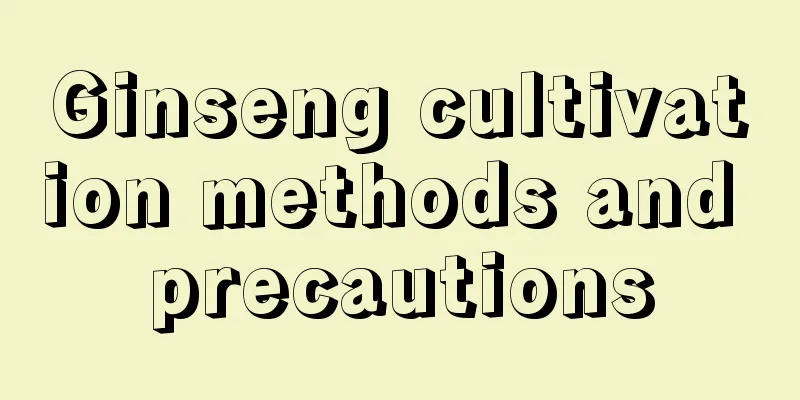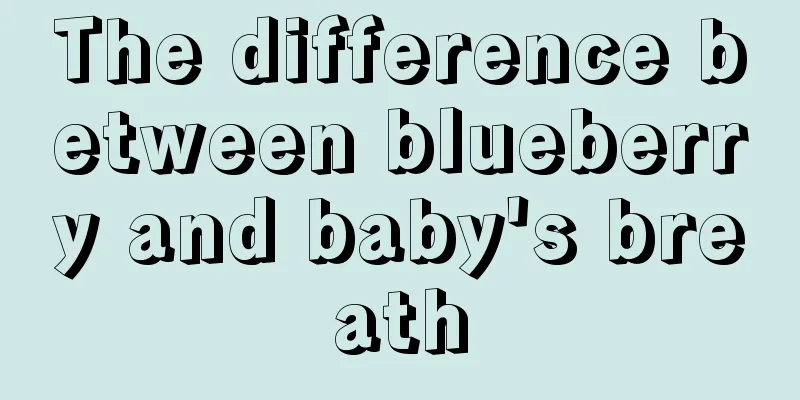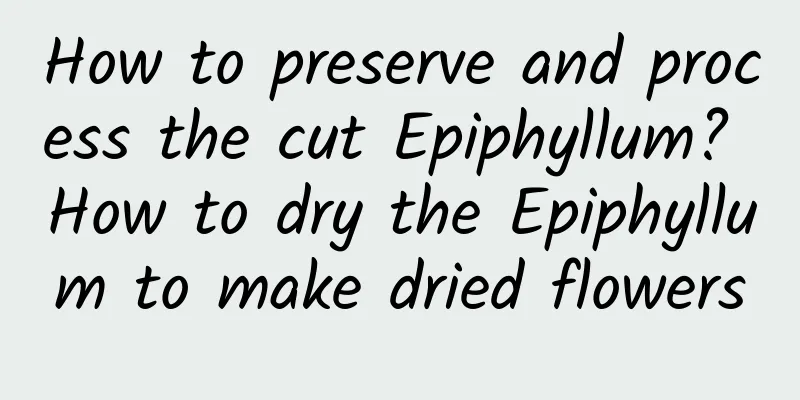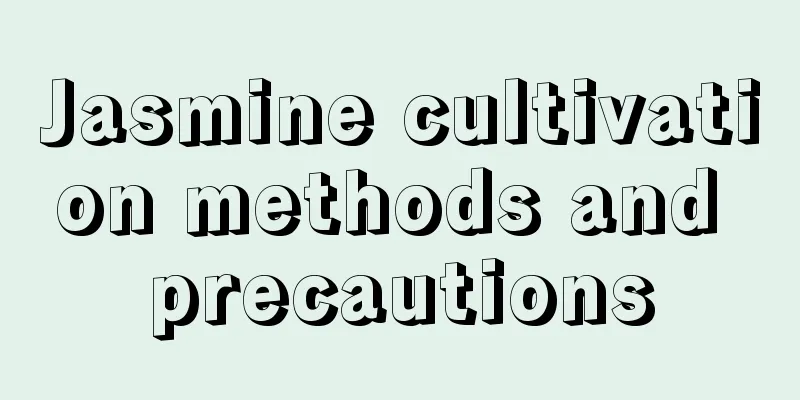Can corn be planted continuously on the same land? (What elements are missing from the land that has been planted with corn?)
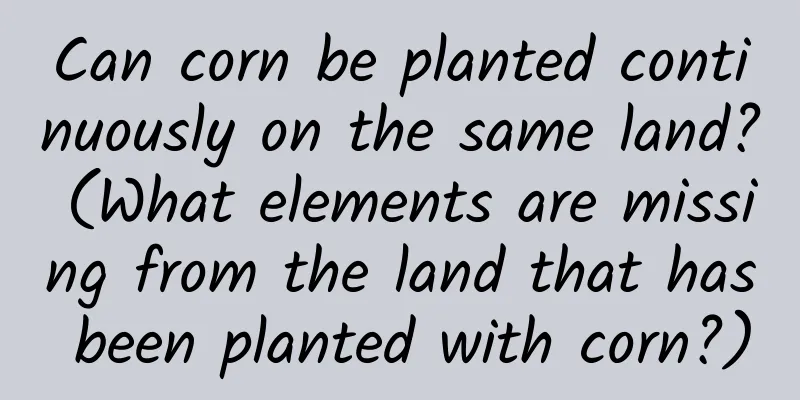
|
In our area, there are many plots of land where corn has been planted continuously for perhaps 50 years, or even a hundred years or longer. However, the annual yield of corn planted in such land is quite good, and symptoms of nutrient deficiency are not common. The most common deficiencies are nitrogen and potassium, such as yellowing of seedlings and sluggish growth, and bald tips of the cobs. It is really hard to say what element a field that has been planting corn for many years may be lacking. It depends on how you fertilize it. Corn is a crop that requires a large amount of fertilizer and a wide variety of fertilizers. It has the highest demand for the three major nutrients: nitrogen, phosphorus and potassium. At the same time, the lack of trace elements such as zinc, magnesium, sulfur and iron also affects corn yields. First, potassium deficiency may beAmong the three major nutrients of nitrogen, phosphorus and potassium, corn is most likely to lack potassium. Because although we attach great importance to the use of the three, such as using nitrogen, phosphorus and potassium compound fertilizers as seed fertilizers and using urea and other nitrogen fertilizers as topdressing, few people simply use potassium fertilizers as topdressing. However, corn has a great demand for potassium fertilizer, and as the yield increases, the amount of potassium required is significantly greater than nitrogen. It is reported that for every 100 kilograms of corn kernels produced, 1.5-4 kilograms of potassium fertilizer and 2-4 kilograms of nitrogen fertilizer are needed. Calculated based on an acreage yield of 1,300 kilograms of corn, even if the demand for potassium and nitrogen is the same, 3 kilograms is used. Then the amount of nitrogen and potassium required is 36 kilograms each. Every year you apply 100 kilograms of 3 times 15 compound fertilizer, including 15 kilograms of potassium. If all the nitrogen and potassium are utilized, the rest needs to be absorbed from the soil. Do you think there will be no potassium deficiency? Potassium-deficient corn tends to fall over, the cobs are small, the tops are poorly developed, and the tips are bald . Does this happen often? Among trace elements such as zinc, magnesium, iron, and boron, corn has a higher demand for zinc and is more sensitive to zinc. Second, zinc deficiency may occurWhen fertilizing corn, perhaps few people would apply zinc fertilizer to corn, but zinc can increase the weight and yield of corn kernels. Zinc deficiency in corn will show up in the seedling stage, such as light white stripes on the leaves and wide albino bands, but the veins do not lose their green color and remain green. Sometimes the edges of the leaves are brown or red. Zinc-deficient corn has weakened photosynthesis, shortened internodes, short plants, inhibited growth, and greatly reduced yields. If zinc fertilizer is sprayed at the right time, the yield can be greatly increased. Among all the trace elements, except zinc, corn is most likely to lack iron, manganese, sulfur, boron, magnesium, copper, molybdenum, etc. Corn rarely lacks calcium. When corn shows symptoms of nitrogen deficiency such as dwarfing, delayed maturity, and yellowing leaves, if you think the amount of nitrogen fertilizer is sufficient, then you should consider other elements. For example, sulfur deficiency has similar symptoms to nitrogen deficiency. When corn is planted for many years in a row, it is difficult to make an accurate judgment on the deficiency of a certain element, as it is closely related to the fertilization situation, soil conditions, whether the straw is returned to the field, etc. We only need to apply fertilizers reasonably and judge whether there is a lack of fertilizer and what kind of fertilizer is lacking by observing the color of the leaves, and then apply which element to supplement it, either by soil application or foliar spraying. 【 Summarize 】 To achieve high yield of corn, the first thing to do is to apply base fertilizer , such as returning straw to the field. Nowadays, when the application of organic fertilizer is getting less and less, returning straw to the field is a good method, which is very beneficial for supplementing soil organic matter. Second, pay attention to the right amount of topdressing, and don't pursue the one-shot fertilization method . Third, strengthen the foliar fertilizer spraying to prevent the lack of trace elements . |
Recommend
How to use mugwort and its price
1. How to use 1. Fumigation with moxa: Dry the mo...
What to do if camellia leaves turn yellow
Normal yellowing Although camellia is an evergree...
When is the best time to plant jaboticaba?
As some common fruits become less attractive to c...
How to propagate the chrysanthemum
Seed propagation Time selection: Using this metho...
Is azalea suitable for home cultivation?
1. Is it suitable? It is more suitable to be plac...
How to sow calendula
Sowing time Calendula is usually sown in late Sep...
Can bougainvillea be placed in the bedroom?
1. Is it toxic? Farmers can rest assured that thi...
The Flower Language of Iris
1. Flower Language Its flower language is I miss ...
Can jade trees be grown indoors?
Can jade trees be grown indoors? Jade plant canno...
Why are the roots of the green radish rotten?
1. Causes of Root Rot in Soil Culture 1. Water mo...
Cultivation methods and precautions of white orchid
Pot soil When choosing potting soil for your home...
Cultivation methods and precautions of double-line arrowroot
1. Breeding methods 1. Soil: It is suitable for c...
The difference between firecracker flower and trumpet creeper
1. Differences in petals The petals of the trumpe...
What kind of plant is Yimoxiang and what does it look like?
1. What plants A touch of fragrance, also known a...
How to grow fuchsia
1. Soil Fuchsia prefers relatively loose soil wit...
